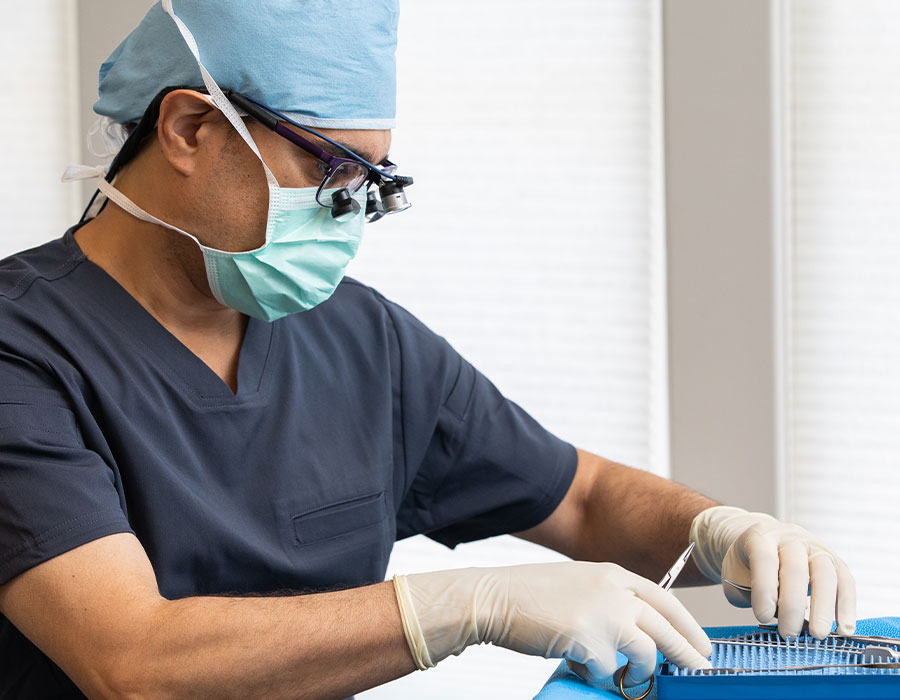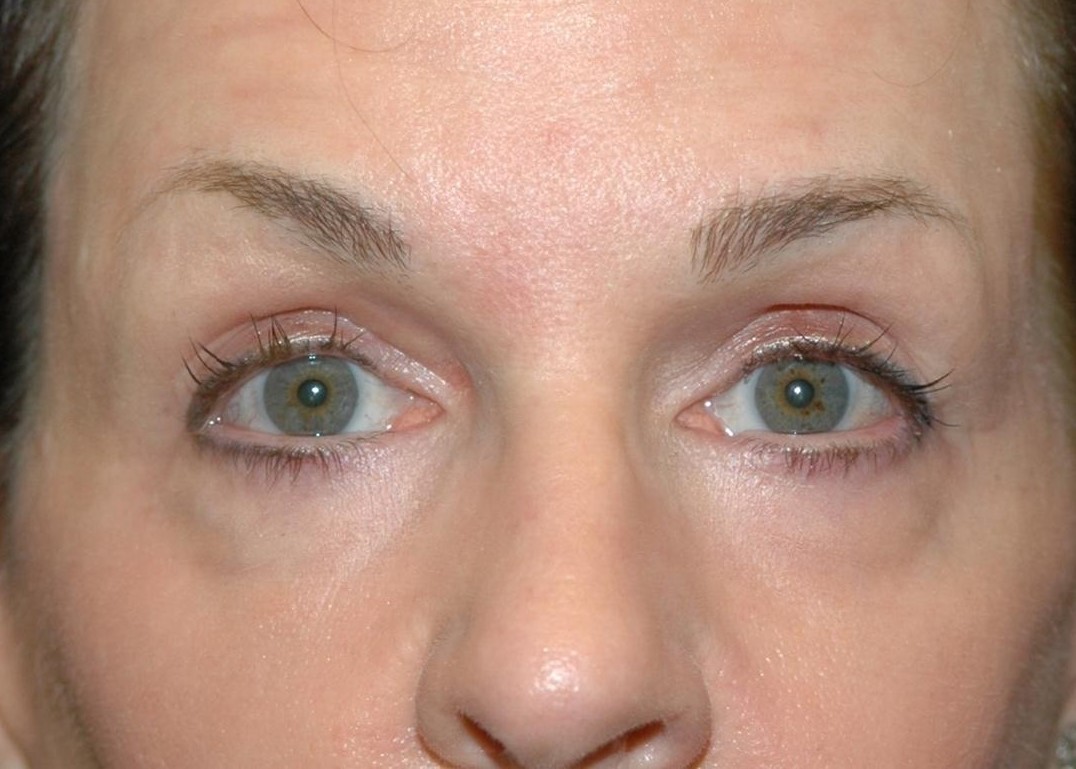Eyelid Retraction Repair
Corrects retraction, restoring natural positioning for improved eye comfort and appearance.

Corrects retraction, restoring natural positioning for improved eye comfort and appearance.


This leads to scleral show where you can see the white of the eye between the cornea and the eyelid margin. This leads to an aesthetically unpleasing shape of the eye, creating a tired, aged appearance to the eye. Furthermore, in some patients, this may cause “dry eye” symptoms such as redness, burning, foreign body sensation, excess mucous production, crusting of the eyelids, sandy/gritty sensation tearing, often worse on awakening.

Team
Focusing on a natural and age-appropriate look, Dr. Amadi will deliver the finest personalized care, giving you the results you desire.
Meet Dr. AmadiBefore & After
Lower eyelid retraction is a condition where the lower eyelid sags too low on the surface of the eye, sitting below the lower edge of the cornea.
View the gallery


A variety of factors may be implicated, but the most common cause is increased tissue laxity secondary to aging. This process, exacerbated by a more prominent (bulgy) eye, weaker cheekbone support, and loss of lower lid and cheek volume, results in the descent of the eyelid.
Other causes of lower lid retraction included weakness of facial muscles due to facial nerve weakness/paralysis, Thyroid Eye Disease, and scarring from prior trauma or surgery, or laser resurfacing.
Though this may be sometimes be considered an elective cosmetic procedure, in some instances, depending on the severity of the condition as well as the patient’s symptoms, your insurance may cover part or all the costs of the surgery. However, in our experience, insurance companies have become increasingly difficult in providing pre-authorization for this, and in some instances deny payment even after prior pre-authorization has been obtained! Increasingly they consider this an elective cosmetic procedure. We share your frustration with this situation and will do our best to advocate on your behalf.
Lower eyelid retraction can be surgically corrected by lengthening the height of the inside layer of the eyelid with a variety of different grafts, the most natural being the mucous membrane lining from inside the mouth, or the inside of the upper eyelid (tarsus) in milder cases. Other grafts such as derms-fat, ear/nose cartilage, or processed porcine tissue can also be used, depending on the circumstance. Not only must the eyelid be augmented in this fashion, the attachments of the eyelid to the bone of the eye socket need to be reinforced as well. In severe cases, suspension of the eyelid and cheek skin may be also be necessary to decrease the downward pull on the eyelid.
After surgery, the eye will feel more comfortable and will be better protected from possible corneal infections or scarring.
Besides the usual complications of surgery, i.e. bleeding, and infection, other potential problems include scarring, asymmetry, under- or over-correction, and recurrence of the retraction. In most cases, a “pre-emptive” over-correction is necessary, as with time, tissue will shrink and settle. It is important for patients to be educated about this phenomenon so that they are not startled by the immediate post-operative results.
When choosing a surgeon to perform eyelid retraction repair, look for a cosmetic and reconstructive facial surgeon who specializes in the face, with extensive experience in eyelid surgery. Dr Amadi’s membership in the American Society of Ophthalmic Plastic and Reconstructive Surgery (ASOPRS) indicates he is a board certified ophthalmologist who knows the anatomy and structure of the eyelids and orbit, with extensive training in Oculofacial plastic reconstructive and cosmetic surgery. His extensive experience in reconstructive procedures at Harborview Medical Center and the University of Washington has honed Dr. Amadi’s skills and judgement in choosing the right technique for you.
Dr. Amadi’s practice has been dedicated to this field since 2001. Furthermore, he has trained dozens of other surgeons [residents and fellows] in this area of surgery as Co-Director of the Oculofacial Plastic and Reconstructive Surgery Service and Fellowship at the University of Washington Medical Center and Harborview Medical Center.